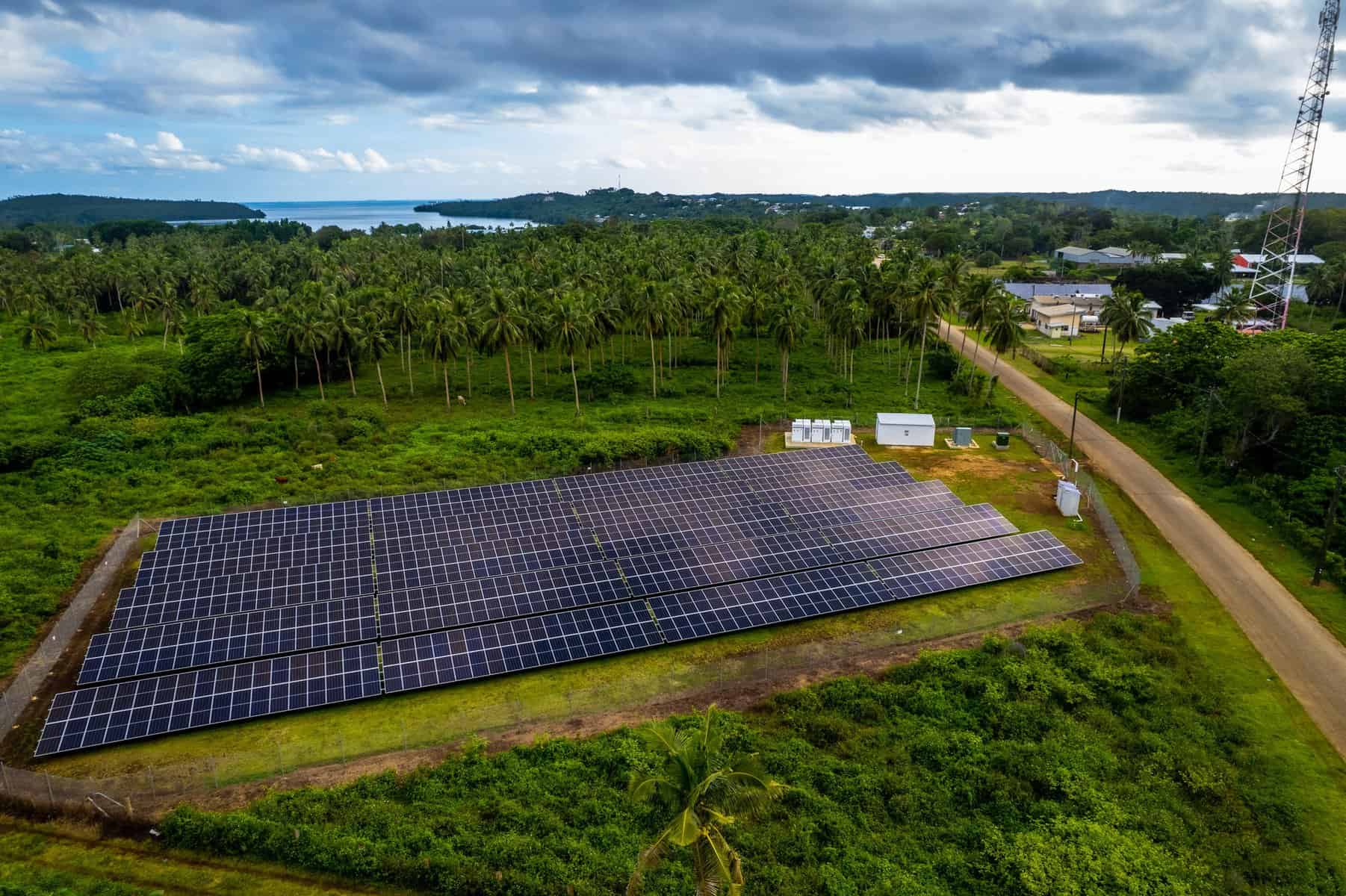A rural electrification project launched in Fiji last month will take electricity to almost 200 households from renewable energy sources, with project lead, the Asian Development Bank (ADB) highlighting the increasing number of countries around the region moving towards renewable energy sources.
“Many of them are targeting 100% renewables for their [electricity] generation mix, alongside increased access to electricity,” said ADB Project Officer, Takeshi Shiihara.
“While Pacific Island countries face a similar set of energy challenges, each country has a unique operating context, and requires varying levels of support to achieve their targets . . .
Please Subscribe to view full content...
